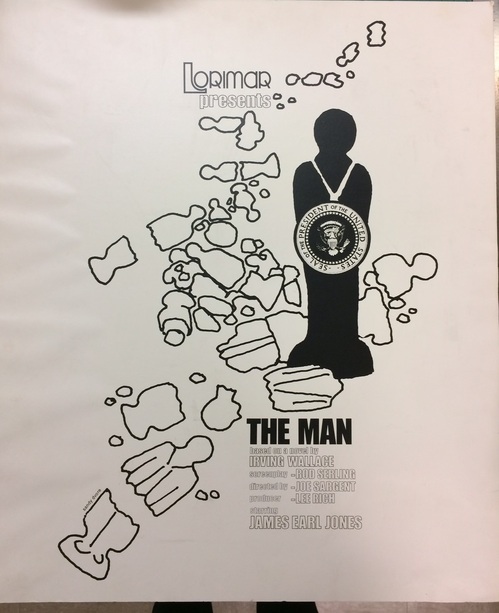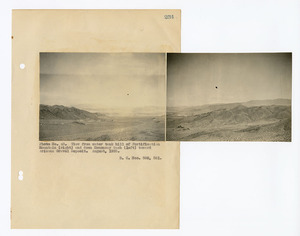The culminating presentation was a new and interesting experience. One thing that surprised me as a presenter was the type of audience that was present. Being a Masters candidate, the audiences that I have presented in front of so far are usually professors or fellow students.
But the audience that was present on that day had consisted of archivists, staff from the special collections, as well as other people who work in the library and a few general audience members (that includes students from the Claremont Colleges). I felt the audience was responsive during my presentation, especially when I was comparing maps and sharing my knowledge and experience with water wars in Southern India. I was very keen on talking about the movie ‘Chinatown’ (1974) directed by Roman Polanski.
While I was doing research for my presentation and forming comparisons between the water wars that existed in Southern India to the one in Southern California, I figured that there was a pattern in the flow of water (from the north to the south) in both the countries, which I also mentioned during my presentation.
The culminating presentations made by my fellow students were all very intriguing and informative. I could see that each one of them had a different perspective on the whole issue of water in California. Rather than talking about the processes that were involved, which would have brought a layer of similarity between all the presentations, each of the CLIR Fellows chose a particular issue from the documents they were digitizing in the CLIR project and compared it to the work they were doing in their respective careers while also giving their perspective on the issue at hand.
Additionally, it was very satisfying to see the audience pose questions towards the end of the program as this indicated that they actually paid attention to all the presentations and were able to remember them till the end.
Apart from the presentation, the rest of the week consisted of continuing my ‘meta’ work from the Willis S. Jones Papers. I also look forward to my last week before the winter break.




